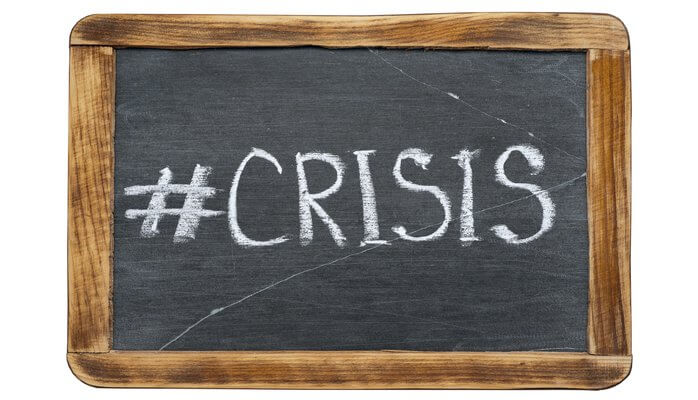When Rafat Ali, CEO and Founder of Skift, went to book a trip one morning, he was prepared. He knew he needed patience and perseverance to book travel online. What he wasn’t prepared for was the hostility he encountered from various travel entities, including Delta and Avis, to name a couple, or as he later calls it: #hateselling
#Hateselling announces there is a problem with your Customer Experience. Of the many ways a Customer feels when they interact with your organization that drive value for your bottom line, do you think “feeling hated” is one of them?
Ali wrote about his user experience, which he describes as letting “conversion marketers run amok with Customer Experience.” Erik Sherman, a writer for Inc.com, picked up the story, agreeing that the #hateselling was an apt description of user experience on travel sites. He writes, “You have to wonder about an industry that seems intent on making customers miserable.”
Again, “feeling miserable” is not an emotion that fosters Customer loyalty and retention.
#Hate-selling is a Symptom
Customer Experiences are emotional. We always say that over 50% of a Customer Experience is based on emotions. There are moments that evoke these emotions throughout your experience. Companies that understand this concept design their experiences to evoke emotions that drive value for their bottom line. They create moments where their Customer Experience surprises and delights Customers, which leaves them feeling happy and valued. Unlike #hateselling where Customers feel hated or miserable, happy and valued leads to better results for your bottom line.
Your Customer Experience reflects your company culture. Companies that design their experiences around Customers’ wants and needs have cultures that are Customer focused. Companies that focus on the operations of the organization, many times at the expense of Customers’ wants and needs, have an Operational focus. We have an assessment that determines how Customer-focused an organization is called Naïve to Natural. The least Customer-focused are Naïve; the most Customer-focused are Natural.
Travel companies are notorious for having a Naïve culture focused on Operations. #Hateselling is a symptom of this culture.
But it isn’t just travel companies. Some tweets with #hateselling call out other Naïve culprits, like Hotels that sell $6 bottles of water in the room, and the hassle built-in to the New York Times Subscription Cancellation service:
We talk about the Voice of the Customer in my business. With #hateselling, the Customer’s voice is sending a clear message: we don’t feel happy or valued. Companies that see this hashtag associated with their brand need to understand that as soon as Customers have a better option, they will leave. And in today’s global and competitive economy, they will likely have that option sooner than you think.
What # would your Customers Tweet about you?
If you enjoyed this post, you might be interested in the following blogs:
- Airways Fattist Policy Is Not About Safety
- Ryanair: Profits Do Not Equal Loyalty
- Southwest Employees Know How to Add Fun to the Customer Flight Experience For FREE!
Colin Shaw is the founder and CEO of Beyond Philosophy, one of the world’s leading Customer experience consultancy & training organizations. Colin is an international author of five bestselling books and an engaging keynote speaker.
Follow Colin Shaw on Twitter & Periscope @ColinShaw_CX


